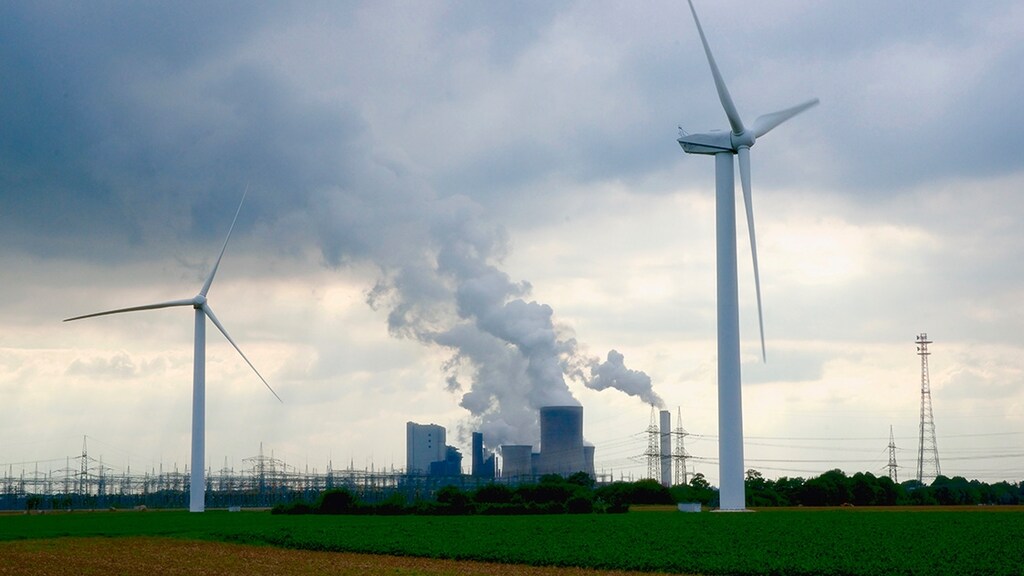Around the world stakeholders - including investors and governments - are seeking to understand the potential cost and other impacts on business operations that will stem from climate change.
Increasingly, these groups want to understand how rising energy prices will impact a company's operations, and what businesses are doing to mitigate this risk. Additionally, they want to understand how adverse weather events could affect firms - and they expect Chief Financial Officers (CFOs) to be able to communicate this information in a digestible and meaningful format.
Peter Holt, Energetics' General Manager for strategy and policy, says the most tangible climate change impact for most businesses initially, will be energy use and cost, particularly in Australia where a bungled transition from coal to renewables has resulted in the world's highest power prices.
“Very high energy costs are the new norm. So, CFOs' immediate concerns should be to understand their energy costs. From there, it is about assessing where risks lie, not only within the business, but up and down the supply chain as well.”
Holt directs CFOs to the Task Force for Climate-related Financial Disclosures' (TCFD) framework. This is becoming the most widely-accepted structure businesses are using to quantify the impact of climate change on their operations.
“It's quite pragmatic in that it recognises individual business have different material concerns,” he says. These could include liabilities incurred when firms don't move fast enough on sustainability.
“So, for example, an energy company will have fossil fuel issues whereas a fast-moving consumer goods company may have supply chain risks,” he says.
Holt says in the first instance it's an idea to use the TCFD's framework to undertake a gap analysis of where the business is now and where it needs to be in terms of its ability to measure and disclose its climate change risks.
“Most businesses have a fairly good understanding of the physical risks from climate change. What people probably don't appreciate is that Australia will experience climate change impacts before the rest of the world. There has not been sufficient assessment across the economy on this,” he warns.
According to Holt, CFOs are underestimating potential impacts stemming from climate change risks on financial markets. This includes changes to commodity prices from extreme weather events.
Floods are another example of a risk not well appreciated by stakeholders, given they have the potential to shut down mine sites. Holt says not enough CFOs are undertaking a systematic review of the potential for climate change risks such as these to destabilise their operations.
“They need to understand their material risks and look at mitigation strategies to manage those risks. Investors are willing to accept some risk, but they expect to be kept well informed about what the level of risk is and how that's being managed.”
Scenario planning offers insights
Holt believes that a structured scenario analysis approach is required to understand key business drivers and the uncertainties within those drivers.
“When businesses want to define scenarios, they need to look at uncertainties and climate risks with the potential for the biggest impact on operations. That combination defines the attributes of any scenario that should be examined. For instance, how would rising energy prices impact the various scenarios the business is facing?” Holt asks.
Holt says by exploring possible scenarios, CFOs could better understand the risks and how they will impact the business should they eventuate and will help in defining its strategic response.
The International Energy Association Agency also publishes climate change scenarios that are widely used by energy and other companies to assess their climate change risks.
However, energy costs and availability are only a small subset of all climate change risks, which vary across industry sectors. Share values for finance and resource companies face substantial decline from stranded assets either directly or through investment in exposed assets.
Meanwhile in the aviation sector, rising sea levels could potentially impact runways located on the coast. More frequent and intense storms could potentially disrupt flight patterns and availability and access to airports in the future. These scenarios are particularly applicable to airports but may be less relevant to other businesses that don't have operations close to sea level.
For this reason individual businesses need to work on their own climate change risks and scenarios to ensure they are prepared for as many situations as possible.
Getting the numbers right
Holt suggests it could be helpful to put together a multi-disciplinary team comprising economists, scientists, lawyers, engineers, marketing, and communication specialists to try to quantify the risks unearthed through scenario planning.
“Look at the TCFD's recommendations and assess activities the business is already doing and what it's not doing. That will reveal steps it needs to take in the short-term. The TCFD outlines expectations and then it's a matter of understanding the missing elements, how you perform against the guidelines and how far away you are from best practice,” Holt explains.
One stumbling block is business' discomfort revealing potential future risks because they could potentially mislead the market.
“Putting in place appropriate legal phrasing and disclaimers around their analysis is essential,” Holt advises.
As climate change risks becomes increasingly important to consider, CFOs should also ensure they fully understand their fiduciary duties and how government regulations around climate change apply to their businesses.
Defining, measuring, and mitigating climate change risks could present a huge undertaking for every business. However, by approaching this in a systematic way, CFOs could help ensure the company has the right resources and strategies in place to address the risks and build it into day-to-day operations.
Key Takeaways
- The Task Force for Climate-related Financial Disclosures' (TCFD) method for assessing climate change risks is increasingly being accepted as the gold standard reporting framework.
- Scenario planning could offer insights that more accurately estimate the potential effect climate change could have on the business.
- The task of disclosure may be eased if firms are systematic about assessing the potential for individual climate change risks to impact their operations.



